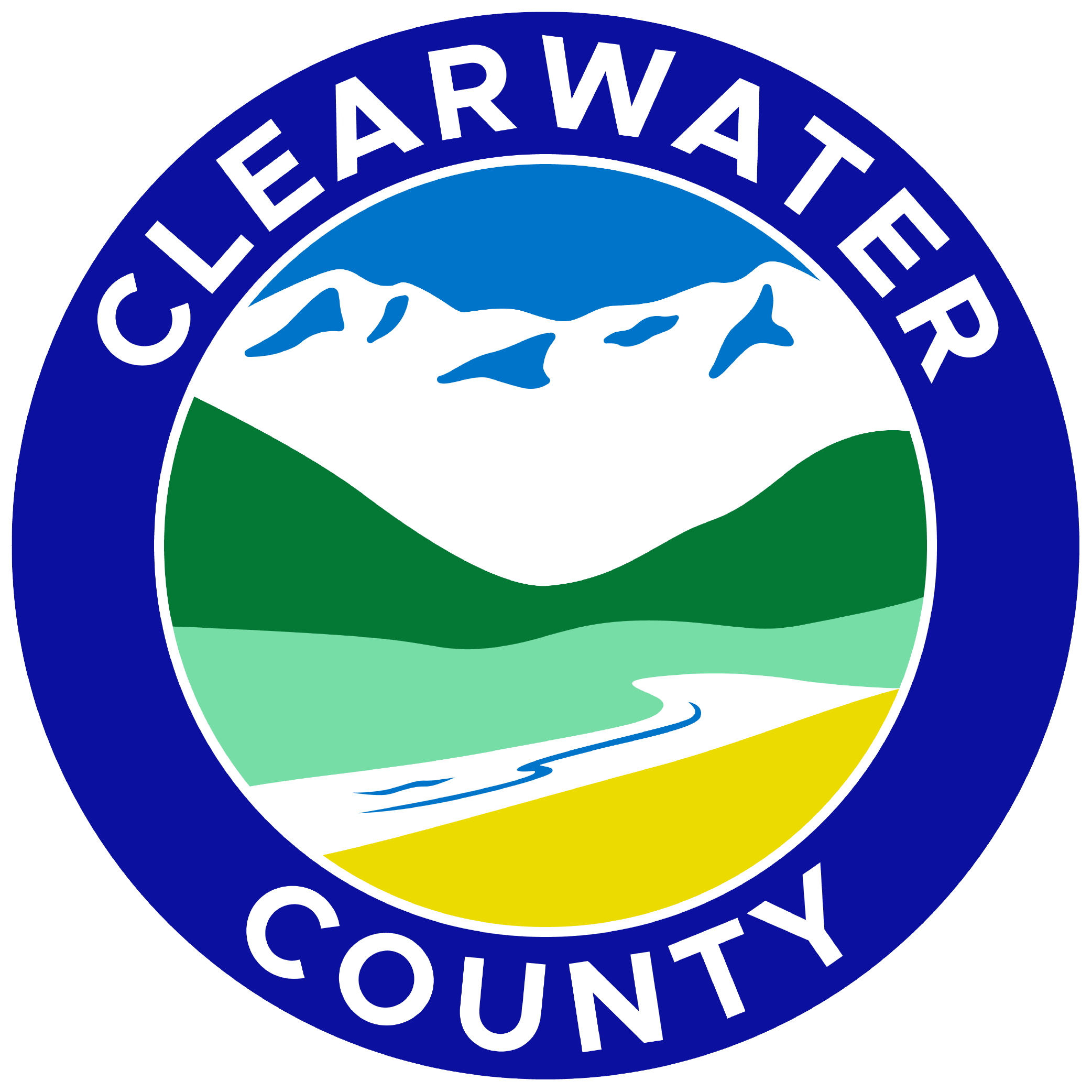
About Landcare
Clearwater County is unique in having its own environmental stewardship program, called Landcare. Although it has had different names over the years, the program has been active for over 20 years. As stated in their mission statement, Landcare is a leader in supporting and building awareness of grassroots land and water stewardship. They promote beneficial management practices to ensure safe and healthy local watersheds.
Landcare is led by representatives from the local farm and acreage community, non-government organizations and appointed by the Agricultural Service Board (ASB). These individuals are leaders in land and water stewardship and encourage residents to practice stewardship of the land. There are two full time staff members dedicated to extension and promoting environmentally sustainable agriculture in the local community.
Landcare staff provide ongoing support to local producers in EFP certification and encourage them to take advantage of grant funding opportunities where applicable. Along with advocating the above, Landcare has its own program called Caring for my Land. The program is funded through EPCOR and WRRP which promotes enhancement of upland and lowland areas making watersheds more resilient to seasonal runoff, high water events and periods of drought.
Along with promoting sustainable agriculture to producers, it is also advocated to youth through educational presentations at Aspen Ranch Camp, Education Ag Tour (EAT) the Classroom Agriculture Program, and the local West Country Ag Tour.
Landcare also has an active role in the following local initiatives: Sasquatch and Partners (emphasizing responsible use of crown land in the area), Clearwater Trails Initiative (local recreation management initiative on public lands), hosting various workshops, mountain pine beetle monitoring and education, conifer tree seedling program and providing a host of rental equipment to producers.
Landcare co-operates with various local and regional entities such as our neighbouring municipalities, Grey Wooded Forage Association, Agroforestry and Woodlot Extension Society, Cows and Fish, Trout Unlimited, West Fraser, Alberta Environment and Parks, Alberta Agriculture and Forestry, EPCOR, North Saskatchewan and Red Deer River Watershed Alliances and other private industry entities (oil and gas, forestry etc.)
Alternative Grant Options (Not through Clearwater County)
Sustainable Canadian Agriculture Partnership (SCAP)
Mountain Pine Beetle
WHAT IS MOUNTAIN PINE BEETLE?
The Mountain Pine Beetle (MPB) is a small, black beetle about the size of a grain of rice. It is a naturally occurring insect found in pine forests.

WHAT TYPE OF TREES MAY BE ATTACKED?
Mountain pine beetles attack and kill pine trees, usually mature ones aged 80 to 120 years old. All species of pine, including lodgepole, jack pine, scotts pine and ponderosa pine are vulnerable. Mountain pine beetles do not attack aspen, spruce or fir trees.
WHEN DO BEETLES ATTACK TREES AND HOW LONG DO THEY STAY IN TREES?
Beetles fly in search of new trees in July and August. Once a beetle has found a suitable tree, it will live in that tree for the remainder of its life and lay eggs. The new generation of beetles will not emerge from the tree for at least one year.

IF MY TREE IS ATTACKED, WILL IT DIE?
Trees successfully attacked by mountain pine beetles usually die within one year, however if the beetle has made an attempt to enter the tree but is "pitched out” before completing reproduction, the tree may survive.
HOW CAN I TELL IF MY TREES HAVE BEEN ATTACKED?
Look for creamy globs that look like crystallized honey, called pitch tubes, and sawdust at the base of the tree and in the bark’s crevices.



WHAT DO I DO IF MY TREE IS INFESTED?
Scout out the pine trees on your property, wrap survey tape around each tree that has been attacked. It is recommended that a tree with more than 40 pitch tubes be removed. In the winter months, trees can be sold and transported to sawmills and debarked on their site. Other options are to hire an arborist with a chipper to come on to your property and leave the material on site or burn the mass attacked trees before July when the developing beetles could emerge to attack nearby trees.
HOW CAN CLEARWATER COUNTY HELP?
Our staff will provide identification of the mountain pine beetle, coach residents on what to watch out for and how to control and manage affected trees on their property. This pest is not registered under the Provincial Agricultural Pest Act so preventing further spread is important.
IS THERE A PREVENTATIVE MEASURE i CAN TAKE TO DETER MPB ATTACK?
Verbenone Repellent Pouches are available for purchase through the Agriculture and Community Services office. To protect high-valued pine trees over a small area, the pouches give off a natural pheromone letting beetle know "this tree is full" to ward off attach. Hang one pouch per tree between June 15 and July 1 at a 10-15 m radius to the next pouch.
While verbenone has been shown to be effective at low to moderate beetle population pressure, it is not very effective when the pressure is high. Even under low and moderate beetle pressure, complete protection may not be achieved.
Pouches are sold in packages of 10 at a cost of $60.00 plus GST. Packages are to be stored in a sealed freezer bag in a freezer (without anything edible). For more information call 403-846-4040.
 Verbenone Pouch in county cemetery
Verbenone Pouch in county cemetery
For questions about MPB on public (crown) land contact Alberta Agriculture and Forestry.
For questions about MPB on private land contact Clearwater County Agriculture and Community Services.
For more information visit the Alberta Agriculture & Forestry website.
If you think you may have Mountain Pine Beetle, Please call 403-846-4040 or email landcare@clearwatercounty.ca for any interest or inquiries.
